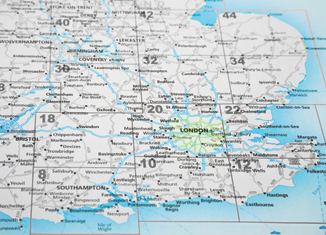Yes it’s September, the school holidays are over, traffic on the roads has increased and it seems the ‘rush hour’ is back, with cars full of impatient parents hurriedly dropping of their children at the school gates and then rushing to their workplace.
But many are no longer in a hurry to get to the office and many city centres are currently a relative oasis of calm due to Covid-19 and the uptake in working from home. This phenomenon, driven by technological innovation along with the increased growth in ordering shopping online, has resulted in a sea-change, a once in a generation reassessment of much of the commercial property landscape. Five or ten years of an occupier-led repurposing of space assesment has occurred over five months and the UK government along with others such as in New York (city) are under pressure, as workers are reluctant to return to our main city centres. In fact it appears that some major employers are happy with worker productivity levels and the likely future cost savings from reduced office space.
On page 22 in our second ‘Changing World’ summary article, Patsy Richardson and a group of ‘bright sparks’ offer detailed analysis as to what this might mean for the property sector. John Corey also chips in on this theme on page 42 in his typically forthright manner with some observations about those trying to ‘hold back the tide’.
Continuing with the technology theme our lead article on page 15 looks at the impact of the ‘Internet of Things’ on the construction sector and how AI is being increasingly utililised. The Build to Rent sector is one where smart operators are not slow in harnessing customers data to improve efficiency and deliver a service that appeals to end users as well as making profits.




















